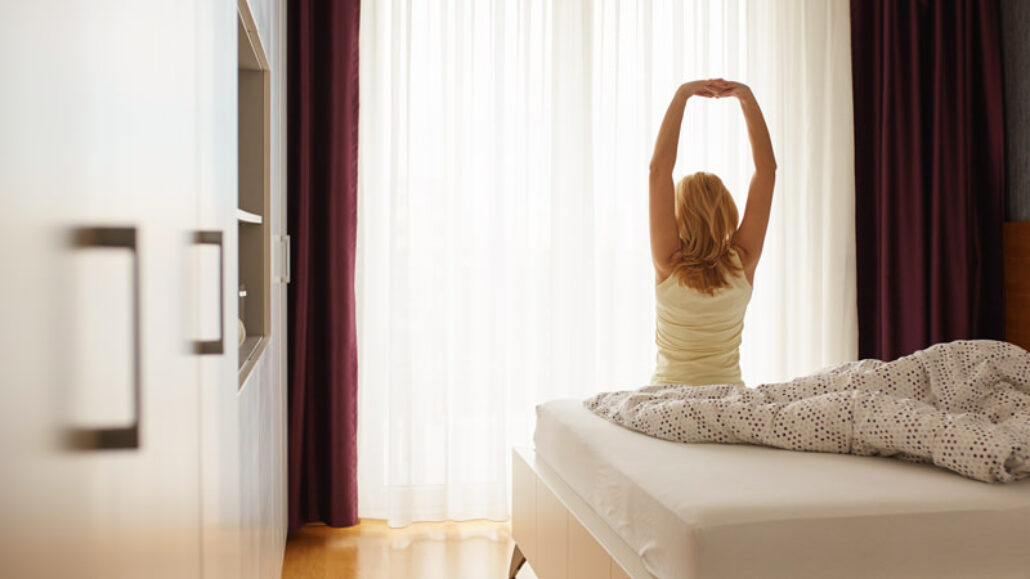Four out of five Americans will experience back pain. Although bed rest was once considered a critical part of back pain recovery, you may be surprised to learn that there’s something else you can do to recover faster.
Whether back pain comes on gradually or arrives in a sudden spasm, it is always unwelcome. For years, physicians recommended bed rest to treat back pain. However, as our knowledge of the spine has evolved, so has our understanding of the most effective way to recover from back pain.
When a sore back makes it painful to sit or stand, the idea of settling carefully into bed until the pain goes away is very tempting. Small doses of bed rest can provide a break from severe pain, but we now know that too much bed rest can make back pain worse. We have guidelines you can follow that will help you use bed rest appropriately, and recover from back pain more quickly.
- Limit bed rest to short periods of time. Use rest for a few hours when you need a break from severe pain. When you are in bed, ease the strain on your back by placing a pillow between your knees when you are on your side, under your knees when you lie on your back, and under your hips when you lie on your stomach.
- Don’t stop moving. The soft tissues and spongy discs cushioning the vertebrae rely on blood flow to deliver the nutrients and oxygen they need to function—and to heal. When we are immobile in bed, our heart rate decreases and blood flow becomes slower. Bed rest also slows the exchange of fluids around the spine, which can prolong swelling and inflammation. Studies show that people who maintain normal activities during their recovery have reduced pain and substantially improve their ability to function.
- Avoid the potential complications of extended bed rest. Long periods of time in bed will slow your recovery and increase other risks. When you don’t use your muscles, they lose condition and tone. The risk of deep blood clots in your lower extremities increases, and you become more vulnerable to depression.
- Understand the role of medication. Although medications can help to relieve pain during your recovery, they will not stimulate the healing process. Only exercise will increase your blood flow so that your spine gets the nutrients it needs to heal.
- Use exercise wisely. Our bodies respond best when we incorporate exercise gradually over time, alternating periods of activity with periods of rest.
Following these rehabilitation guidelines can help you recover from back pain faster and with a lower risk of recurring pain. If your back pain does not improve, or if you experience other symptoms that concern you, our spine team is here to answer your questions, evaluate your condition, and develop a safe and appropriate rehabilitation program tailored to your needs.
Summit Orthopedics offers comprehensive spine expertise
Our back specialists diagnose spine problems and design custom treatment plans built on a conservative, nonsurgical approach. Most patients find relief through treatments including guided injections, specialized physical therapy, biofeedback, exercise, activity modification, and medication. When conservative care does not relieve symptoms, our highly skilled surgeons offer proven, evidence-based surgical options. Together with you, we will determine the right course of action.
Start your journey to a healthy spine. Find your spine expert, request an appointment online, or call us at (651) 968–5201 to schedule a spine consultation.
Summit has convenient locations across the Minneapolis-St. Paul metro area, serving Minnesota and western Wisconsin. We have state-of-the-art centers for comprehensive orthopedic care in Eagan, MN, Plymouth, MN, Vadnais Heights, MN, and Woodbury, MN, as well as additional community clinics throughout the metro and southern Minnesota.
